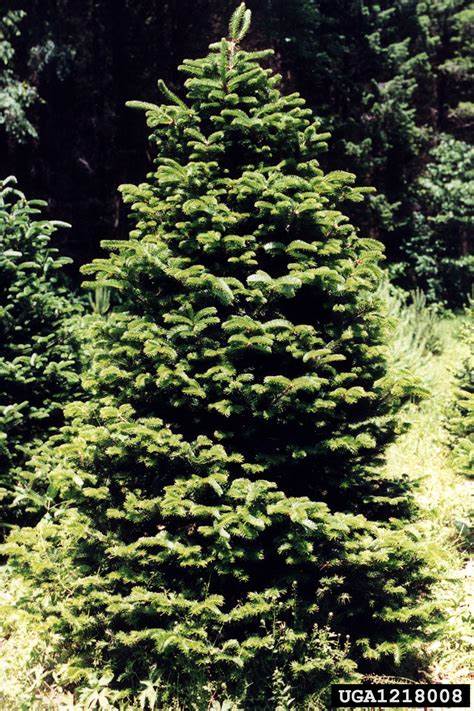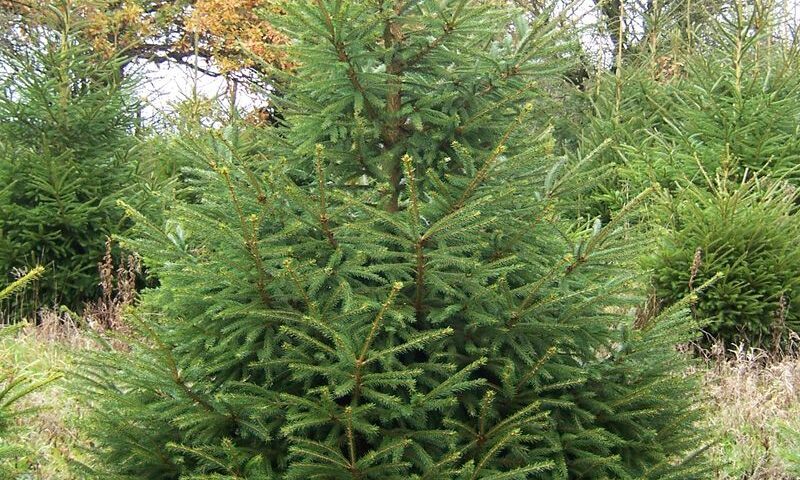Often, these wonderful trees are a greatly overlooked foraging treasure. Few species evoke the majesty and versatility of spruce, fir, and pine trees. Furthermore, these evergreen wonders not only adorn our landscapes with their graceful presence but also harbor a treasure trove of edible and medicinal potential. Today, we delve into the culinary delights and also the healing properties of these iconic trees, along with practical tips for identification while foraging and traditional uses.
Identification Made Easy
Before we embark on our journey through the culinary and medicinal realms of spruce, fir, and pine, let’s first sharpen our skills in identifying these natural gems while foraging.
Spruce (Genus: Picea):

- Shape: Typically, triangular with branches sticking out all around.
- Needles: Thin, pointy, and sharp, usually dark green and rough to the touch.
- Bark: Rough, made up of lots of small pieces.
- Cones: Pendulous, hanging downward.
- Fragrance: Distinct, pleasant, akin to citrus or resin.
Fir (Genus: Abies):

- F-Shape: Triangular with evenly spaced branches.
- Needles: Soft, flat, and often brighter green, attached individually to the branches.
- Bark: Smoother compared to spruce, may have resin-filled blisters.
- Cones: Upright and cylindrical, often disintegrating when mature.
- Aroma: Distinctive, often described as balsamic or earthy.
Pine (Genus: Pinus):

- Shape: Triangular with more spread-out branches.
- Needles: Long, slender, grouped in bundles (usually in clusters of 2 to 5 needles).
- Bark: Rough and scaly, like puzzle pieces fitting together.
- Cones: Woody, often remain on the tree for extended periods.
- Scent: Varies, often carries notes of pine resin or turpentine.
Culinary Delights
Spruce:
- Spruce Tip Syrup: Harvest tender, young shoots in spring to make syrup, adding a delicate citrusy flavor to desserts, cocktails, and sauces.
- Infused Vinegar or Oil: Use spruce needles to add a unique twist to dressings and marinades.
Fir:
- Fir Tips: Gather in spring and use similarly to spruce tips, lending a refreshing, resinous flavor to culinary creations.
- Resinous Sap: Harvest to make syrups or candies, offering a sweet and aromatic treat.
Pine:
- Pine Nuts: Harvested from the cones of certain pine species, prized for their rich, buttery flavor, and used in a variety of dishes, from salads to pastas.
- Pine Needle Tea: Brew pine needles into a fragrant tea, rich in vitamin C and antioxidants, or use to infuse broths and also soups with a subtle pine aroma.
Traditional and Medicinal Uses
Spruce:
- Medicinal Properties: Used by indigenous cultures to treat respiratory ailments, sore muscles, and also skin conditions.
- Spruce Resin: Employed as a natural adhesive and also antiseptic, historically used in wound care and as a chewing gum.
Fir:
- Expectorant Properties: The aromatic resin is valued for treating coughs and also congestion.
- Fir Needle Tea: Traditionally consumed for its immune-boosting and also it’s anti-inflammatory effects.
Pine:
- Pine Tar: Derived from resin, used for its antifungal and antibacterial properties, applied topically to treat skin conditions such as eczema and also psoriasis.
- Pine Needle Tea: They are believed to have analgesic and antiseptic properties, traditionally used to alleviate pain and also promote healing.
Foraging for spruce, fir, and also pine trees unveils a captivating world of natural bounty, culinary joy, and healing potential. Similarly, these majestic conifers, with their distinct shapes, fragrant needles, and resinous sap, offer a wealth of possibilities for nourishment, wellness, and also culinary creativity.
Check out our other foraging articles.
